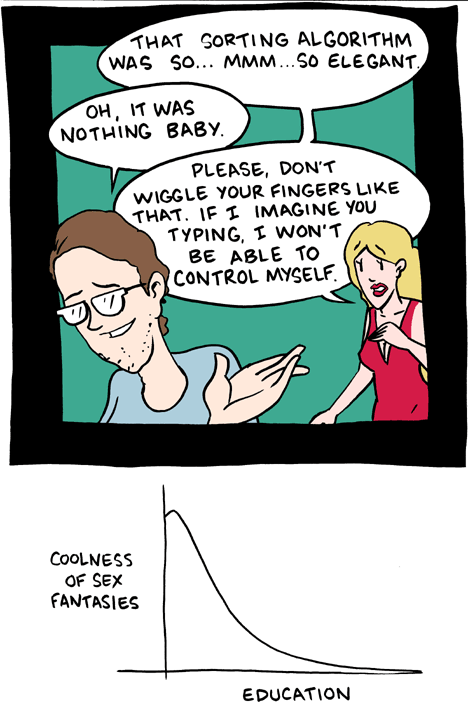This day had long been coming - new MacBook day.
Today I bought myself the new 2.0 GHz MacBook. It’s such a beautiful machine, and I think it will be serving me well in the coming years.
I don’t get the chance to make such a big purchase very often, but when I do, I consider it for a while from afar, and when I make my decision, I walk right in and up to the first employee, point to the computer and say, “I’d like to buy that MacBook.” “Do you know which one you want?” “Yes. This one.” From their reactions I have to imagine that they don’t see this happen very often. “And I’d like to upgrade the ram to 4 gigs.” A little confused, they call for someone to ring me up.
I walked into the 29th Street Mall Apple Store at 5:10, bought the thing at 5:20, and was assured that it would be just a few minutes while they switched out the ram. Forty minutes later, they bring out my computer, and I’m on my way. I get home, turn it on - all fun and games until I select “About This Mac.” Only 2 gigs of ram. I should have prefaced this by saying that this summer, Henrique bought himself a brand new MacBook Pro at this same location, upgraded the ram as I did, and found out the same thing upon arrival as I did - they hadn’t switched out the ram.
It was too classic for me to be completely irate, but I called the store and told them other places they could put the extra ram. I’ll be going in tomorrow morning to get it sorted, but this is unbelievable to me. Not only that the guy doing the job took out two sticks of ram, looks at the four sticks he now has sitting there, and decides to put the same two in. Bad as that is, what really gets me is that it takes 40 minutes to not switch out the ram.
That said, I very much enjoy Apple’s products, and I know a (now ex-) Apple rep or two who’re good guys, but this is just amazing.





